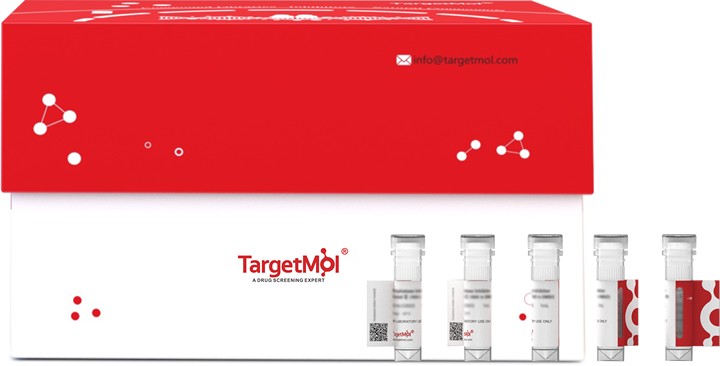购物车
全部删除  您的购物车当前为空
您的购物车当前为空
别名 CD22 molecule
Siglec-2/CD22 Protein, Rhesus, Recombinant (His) is expressed in HEK293 mammalian cells with His tag. The predicted molecular weight is 76.14 kDa and the accession number is EHH29920.1.

Siglec-2/CD22 Protein, Rhesus, Recombinant (His) is expressed in HEK293 mammalian cells with His tag. The predicted molecular weight is 76.14 kDa and the accession number is EHH29920.1.
| 规格 | 价格 | 库存 | 数量 |
|---|---|---|---|
| 5 μg | ¥ 493 | 6-8日内发货 | |
| 10 μg | ¥ 790 | 6-8日内发货 | |
| 20 μg | ¥ 1,330 | 5日内发货 | |
| 50 μg | ¥ 2,580 | 5日内发货 | |
| 100 μg | ¥ 5,170 | 5日内发货 | |
| 200 μg | ¥ 7,520 | 5日内发货 | |
| 500 μg | ¥ 14,600 | 5日内发货 | |
| 1 mg | ¥ 28,800 | 5日内发货 |
| 产品描述 | Siglec-2/CD22 Protein, Rhesus, Recombinant (His) is expressed in HEK293 mammalian cells with His tag. The predicted molecular weight is 76.14 kDa and the accession number is EHH29920.1. |
| 生物活性 | Activity testing is not tested. It is theoretically active, but we cannot guarantee it. |
| 研究背景 | CD22, or cluster of differentiation-22, is a molecule belonging to the SIGLEC family of lectins. It is found on the surface of mature B cells and to a lesser extent on some immature B cells. CD22 a member of the immunoglobulin superfamily. CD22 functions as an inhibitory receptor for B cell receptor (BCR) signaling. It is also involved in the B cell trafficking to Peyer's patches in mice. |
| 种属 | Rhesus |
| 表达系统 | HEK293 Cells |
| 标签 | C-His |
| 蛋白编号 | EHH29920.1 |
| 蛋白构建 | Ser20-Arg686 |
| 蛋白纯度 | > 95% as determined by Tris-Bis PAGE; > 95% as determined by HPLC |
| 蛋白性状 | Lyophilized powder |
| 缓冲液 | Lyophilized from 0.22μm filtered solution in PBS (pH 7.4). Normally 8% trehalose is added as protectant before lyophilization. |
| 复溶方法 | Reconstitute the lyophilized protein in distilled water. The product concentration should not be less than 100 μg/ml. Before opening, centrifuge the tube to collect powder at the bottom. After adding the reconstitution buffer, avoid vortexing or pipetting for mixing. |
| 别名 | CD22 molecule |
| 内毒素 | Less than 1EU per μg by the LAL method. |
| 分子量 | 76.14 kDa (Predicted); 100-120 kDa (Due to glycosylation) |
| 运输方式 | In general, Lyophilized powders are shipping with blue ice. Solutions are shipping with dry ice. |
| 存储 | It is recommended to store recombinant proteins at -20°C to -80°C for future use. Lyophilized powders can be stably stored for over 12 months, while liquid products can be stored for 6-12 months at -80°C. For reconstituted protein solutions, the solution can be stored at -20°C to -80°C for at least 3 months. Please avoid multiple freeze-thaw cycles and store products in aliquots. |
对于不同动物的给药剂量换算,您也可以参考 更多